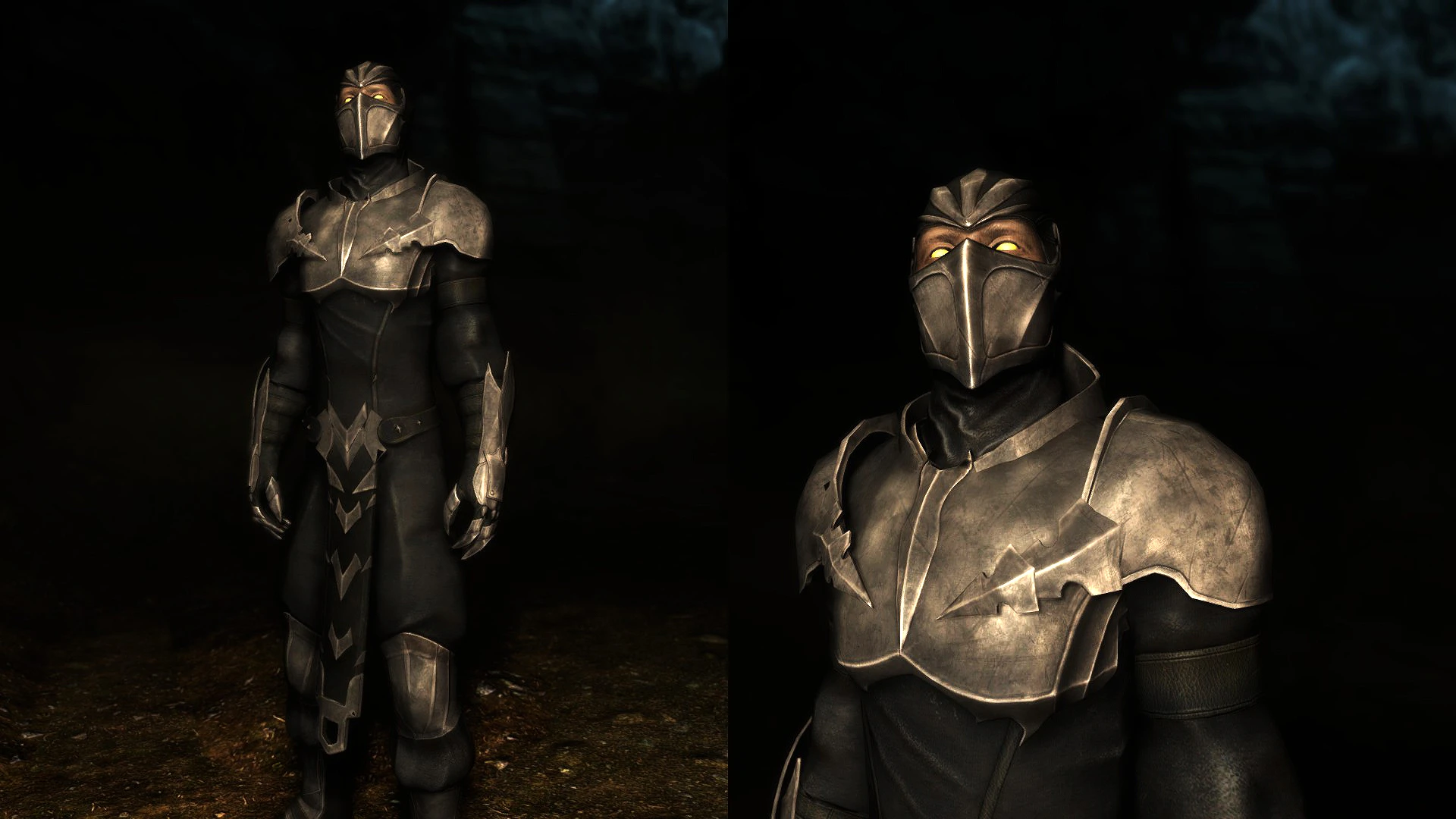
I wouldn't be surprised if there's an upswing in carpal tunnel syndrome cases a few months from now. Much of that is due to the uncomplicated controls: You can perform most movement and combat functions by just clicking the mouse keys. Once you get into its rhythm _ fight, collect your rewards, take a breath before the next fight _ "Diablo III" is very hard to shut down. After a brief video setting up the tale _ a falling star has crashed into the human world, Sanctuary _ you're thrust into the fray. You start by choosing a character from one of five archetypes: the barbarian and monk, who fight up-close the demon hunter, who uses long-range weapons and the wizard and witch doctor, who wield magic.

And the combat, at the default setting, rarely demands more than hacking and slashing your way through hordes of easily dispatched monsters.Īnd yet, "Diablo III" is nearly irresistible. Forget about the open-world exploration of "Skyrim" "Diablo III" is relentlessly linear. The topdown, god's-eye perspective takes some readjustment after years of battling from protagonist's point of view. That's not the only thing that will make players wonder where the developers have been since "Diablo II" came out in 2000. You know who the troublemakers are in this game: They have red skin, glowing eyes and razor-sharp horns. So when "Diablo III" (Blizzard, for the PC/Mac, $59.99) arrived with the tag line "Evil Is Back," it was hard not to look at it as a throwback of sorts. Video games have followed suit, with ambitious adventures like "Dragon Age: Origins," `'The Witcher II" and "The Elder Scrolls V: Skyrim" refusing to define their heroes and villains so neatly. Martin who are less interested in the eternal conflict between good and evil than in the gray areas in between.


The epic fantasy genre has matured in the last decade, thanks to writers like "Game of Thrones" mastermind George R.R.


 0 kommentar(er)
0 kommentar(er)
